Fungus gnats are mosquito-look-alike pests that are commonly present on indoor plants. Finding the right product to get rid of them can be a hassle, so we've researched if Bonide can do the job for you. Here is what we found out:
Bonide is effective in eliminating fungus gnats. It acts as insect protection that can't be washed off with water. Just make sure to follow the directions given on the product to get the best result.
You might be wondering how to use Bonide to kill these pests. Don't worry because we will thoroughly discuss what you should do and other issues you should be aware of regarding Bonide. Keep on reading to learn more.
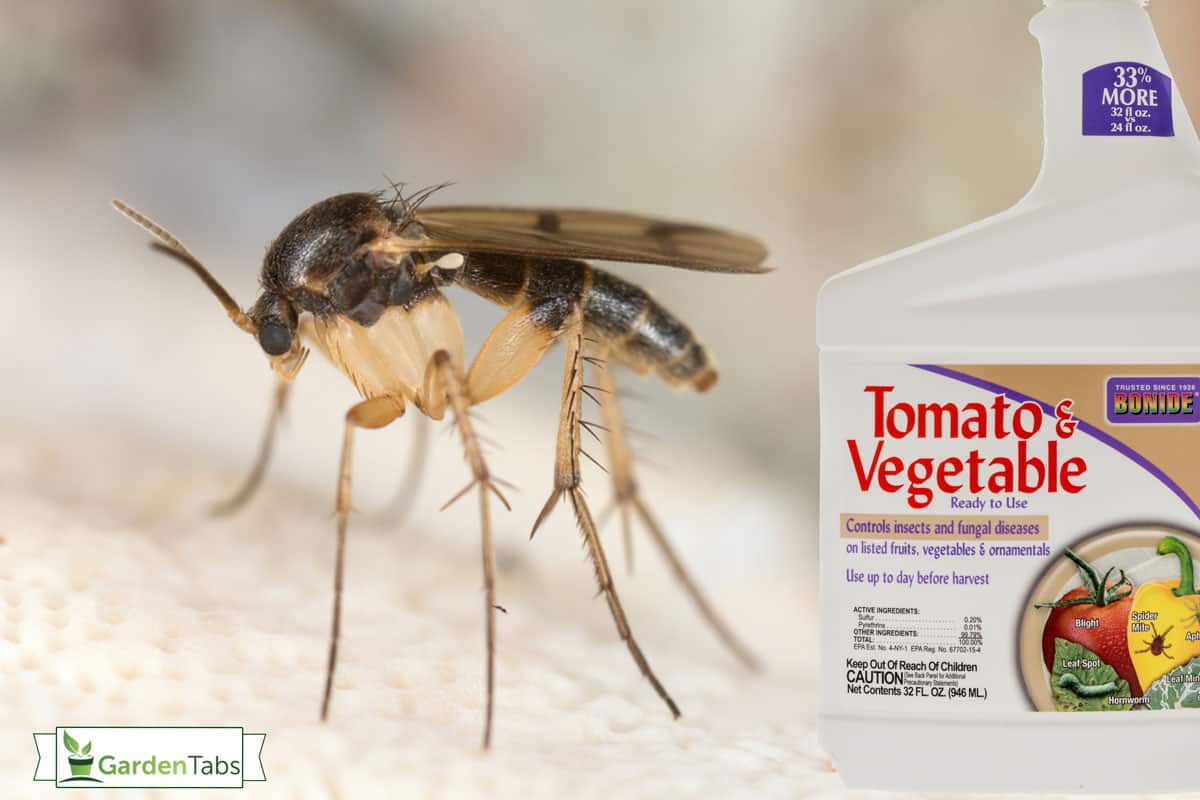
Eliminating Fungus Gnats
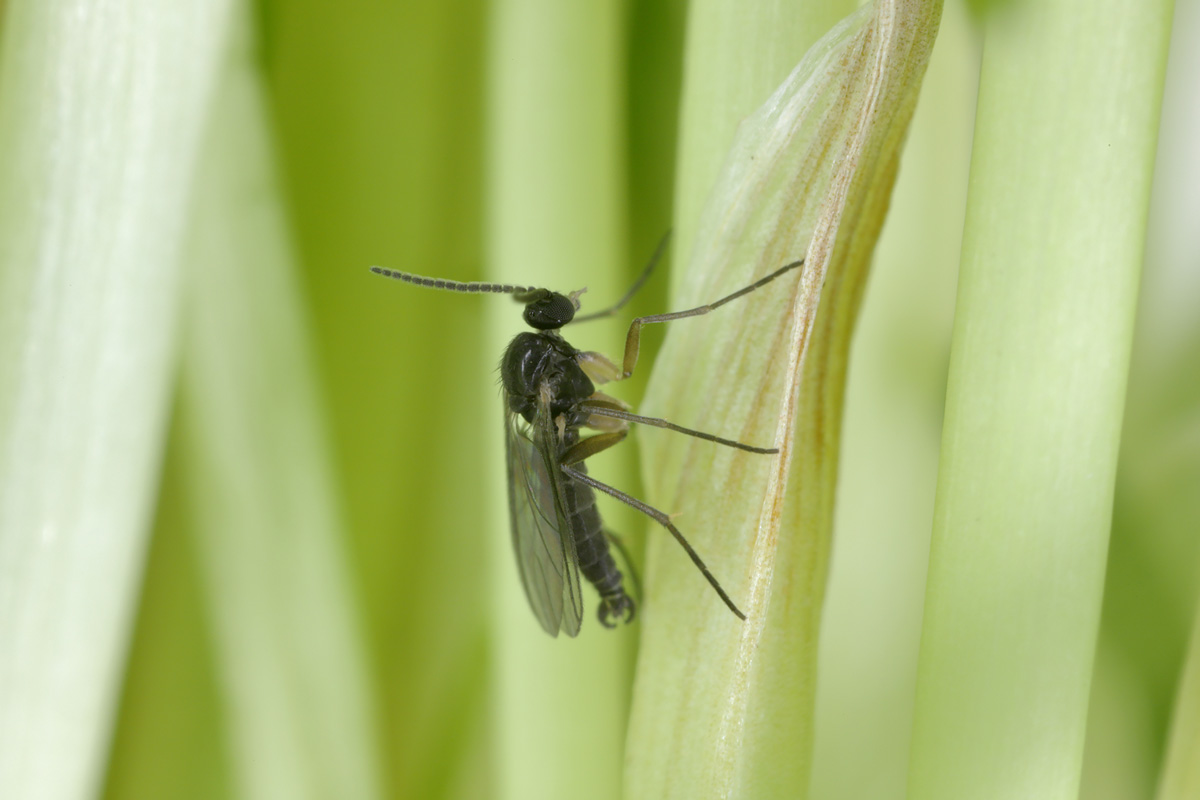
Being infested with fungus gnats can be a nuisance since they can fly around your house. You may find the gnats floating in your coffee mug or water glass, flying inches away from your face and or near your windows.
Bonide is a product used mainly by plant enthusiasts as a repellent. It is easy to apply, does not need spraying, and is effective for as long as eight weeks before needing to be reapplied. It also works on repelling other insects such as leaf miners, thrips, Japanese beetles, and more.
Bonide works by mixing and settling with the soil. It then gets activated by water as it gets absorbed by the roots. As it gets absorbed, it also travels to different parts of the the plant.
Once the pest consumes the treated portion, it will serve as a poison, killing unwanted bugs and preventing them from laying more eggs.
Before we discuss the steps on how to use this product, let's cover how to identify fungus gnats.
Identifying Fungus Gnats
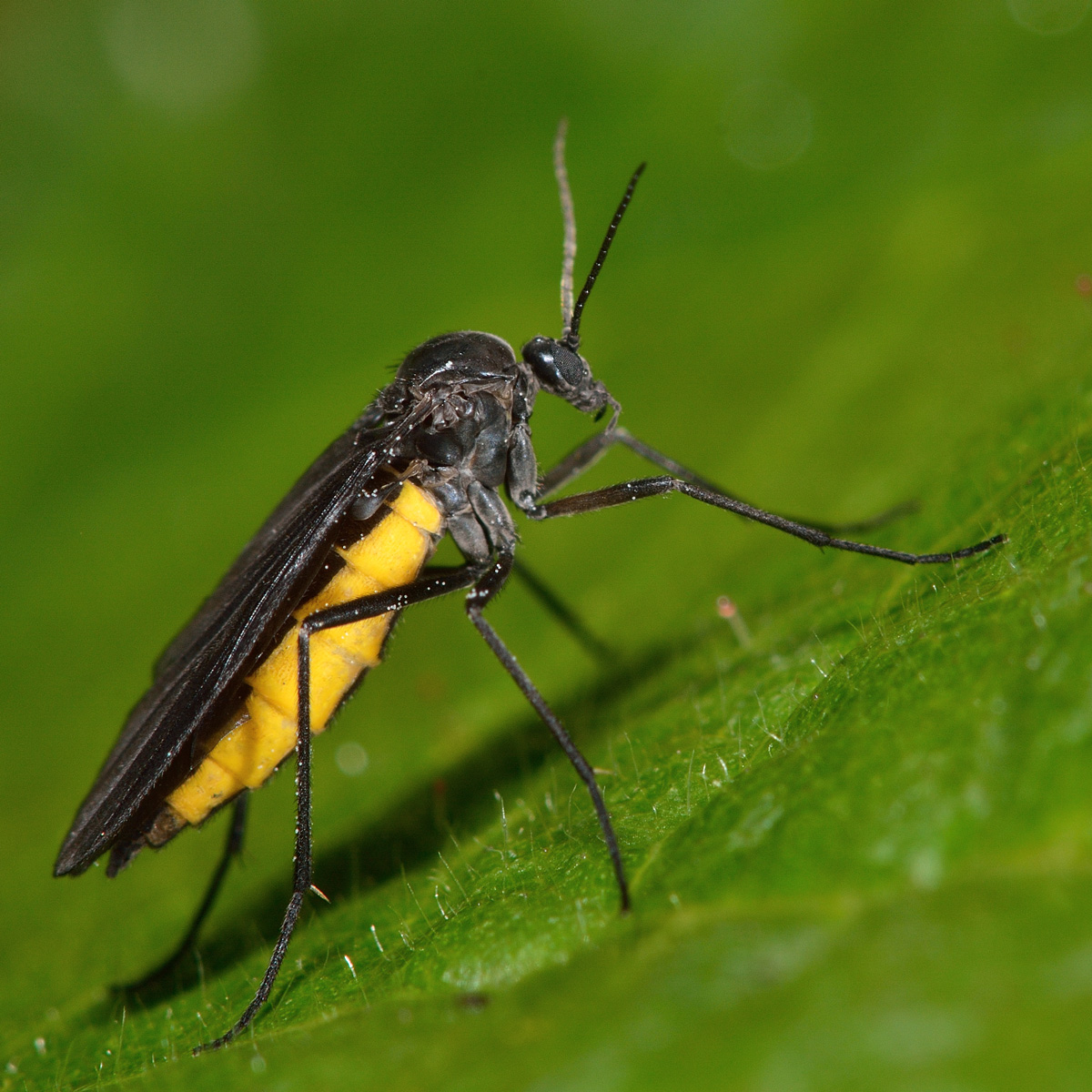
Here are some characteristics and habits of fungus gnats that you should be aware of. This is important since they look a lot like mosquitoes, so you should be aware of this to avoid confusing the two.
Also remember that mosquitoes love residing on plants, especially in stagnant water. So when it comes to what they look like, take a look at the list of their physical features:
- Body length is 1/16 to 1/8 inches long
- Gray or black-colored
- Has six long, slender legs
- One pair of transparent wings
- Antennae longer than their head
- Has three body parts: head, thorax, abdomen
Fungus gnats are weak fliers and will usually stick near the moist soil of your potted plants. Although they only have 7-10 days to live, adult fungus gnats can produce up to 300 eggs, which take at least two weeks to hatch, depending on the temperature.
Temperatures below 65 degrees Fahrenheit and above 75 degrees Fahrenheit will create an undesireable environment for them. For example, gnats will die when the climate drops to 60 Fahrenheit.
Things To Know Before Using Bonide
As a precaution, there are restrictions you should follow when using Bonide. If you use a food utensil such as a teaspoon or a measuring cup in scooping the product, make sure you don't use it again with food.
Avoid using the product on edible plants such as herbs, fruit-bearing, or vegetable gardens. Its roots will absorb the insecticide, and it will spread throughout the other parts of the plants, which can be harmful when consumed.
Applying the product to water where fish or other marine life are present should also be avoided. Remember that this product is toxic and can be lethal if it enters the body of humans or animals. You should keep it away from children and pets.
When using Bonide, it is best to wear long sleeves, pants, and shoes for added protection. Skin contact with the product can lead to irritation.
Remember to wash your hands after applying Bonide to your plants. Do not eat or consume anything that requires you to touch it before sanitizing to avoid food poisoning.
If you dispose of an unused amount of Bonide, it is best to bring it to a local waste recycling plant or call to your local waste management collectors to have it properly disposed of. When storing, make sure to follow the indicated instructions on the container properly.
Additionally, avoid applying the product when it is windy, as this can scatter the insecticide to unwanted areas.
Applying Bonide On Plants
Now that you're familiar with preventive measures regarding Bonide, let's move on to learning how to use Bonide for fungus gnats.
Bonide can be applied when planting or even after, but it would be best to apply it pre-planting to avoid pest infestation as early as possible.
According to the product label, you should apply the product evenly, cultivate it lightly, and add water consistently if you are using it on a containerized plant. Below are some steps you can follow.
- Step 1: Wear protective gloves or gardening gloves.
- Step 2: Sprinkle an adequate quantity of the granules on the soil.
- Step 3: Using a tool or with your hand, combine the soil and granule on the upper layer of the soil. Do not dig deeper to prevent any damage to the roots.
- Step 4: To ensure the roots can absorb the pesticide, water it thoroughly. Avoid overwatering the plant you treated for the next 10 days.
Check out this Bonide insecticide on Amazon.
How Much Bonide Do You Need?
Here are the quantities of product that you'll need depending on the size of your containerized plant:
In gallon:
- 1 gallon - 1. 5 tablespoon
- 2 gallons - 1/3 cup
- 3 gallons - 1/2 cup
In inches:
- 4 inches - 2.5 teaspoons
- 5 inch - 1.5 tablespoons
- 6 inch - 2.5 tablespoons
First Aid For Bonide
In the unlikely scenario that you, your pet, or anyone in your house accidentally consumes Bonide, immediately contact a doctor or a poison control center in your area for medical help. While waiting for their arrival or instructions, here are some first aid procedures that you can follow:
If swallowed
If the person who consumed the product can still drink liquid, give them a glass of water. Do not force them to spew the Bonide unless instructed by a professional.
Skin or clothing contact
Remove the cloth immediately and run water run over the contaminated area for a good 15 to 20 minutes to ensure that it is thoroughly rinsed and there is no product left.
Eye contact
Rinse your eyes with clean water for 15 to 20 minutes. Remember to be gentle, since the eyes are sensitive and fragile.
How Long Does It Take For Bonide To Work?
It can take up to 5 days for Bonide Systemic Granules to be absorbed by the roots and spread inside it.
After that, you should wait for at least two months before applying another batch of treatment to the soil.
If you want to learn more about the topic, check out this article: "Does Bonide Kill Fungus Gnats?"
What Months Are Gnats Most Active?
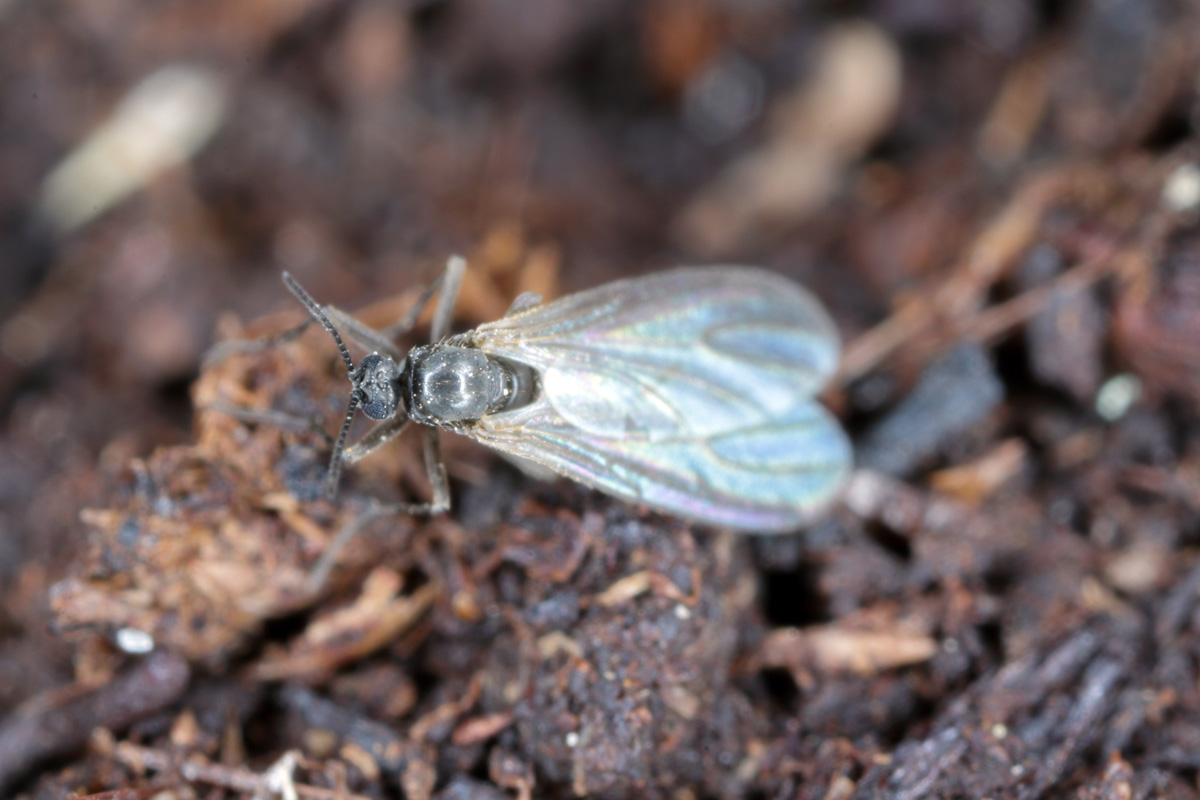
Fungus gnats are active from mid-May to late June. They start to disappear once the season is hot enough to bring drought or intolerable warmth to their habitat.
How To Prevent Fungus Gnats From Spreading
Once you've finally gotten rid of fungus gnats on your plants, here are some of the things you can do to prevent them from coming back:
- Always remove fallen leaves or petals around the soil area of your plant. Fungus gnats love to reside under these moist traps and usually make it their eggs' oasis.
- Put a dehumidifier around your home.
- Water your plants only if the first two inches of the soil are dry.
- Ensure that your container plant's saucer will not store any standing water.
- Frequently check the container's drainage holes.
Final Thoughts
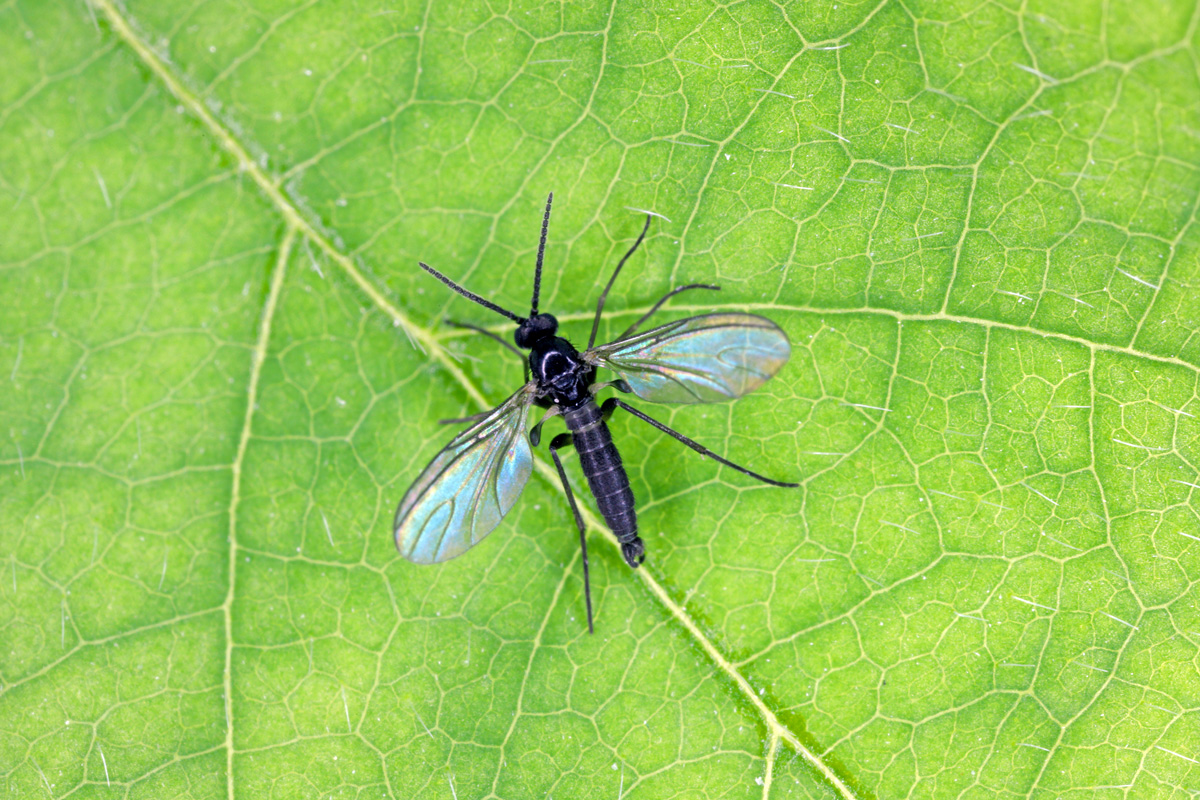
Bonide can kill fungus gnats if the directions on the product label are followed correctly. It is essential to take extra precautions when using this insecticide since it can be toxic to both humans and animals. Wear gloves, a long-sleeved shirt, and pants.
The peak months for fungus gnats are from mid-May to late June, so you should take steps to prevent a gnat problem by ensuring your plant containers are inhospitable for the pests.
For more tips on pest control for your garden, read: "Does Cedar Mulch Repel Bugs? How Effective Is It?"

